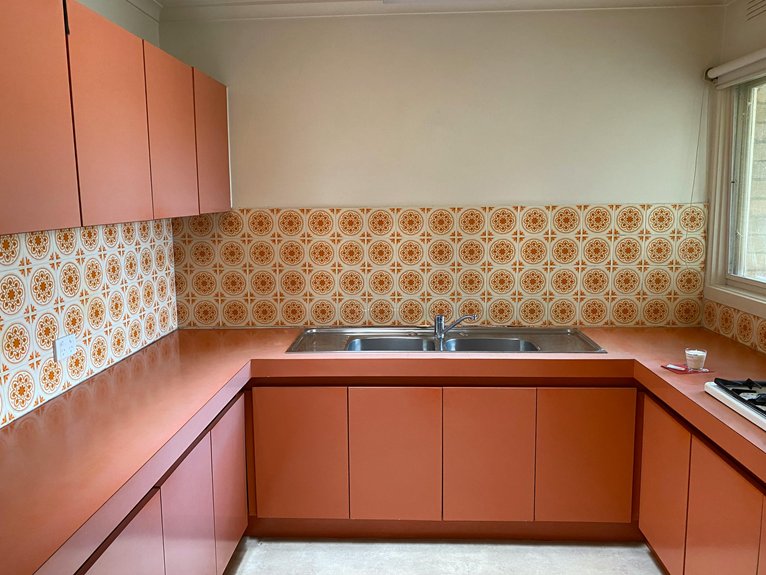Renovating a split-level home can be a rewarding yet challenging endeavor. It’s essential to assess your space and needs first, ensuring any updates enhance both functionality and flow. By embracing open floorplans, you can create seamless passages between levels. But there’s more to reflect on—maintaining the home’s architectural integrity is just as important. Let’s explore how to effectively balance modern updates with the unique characteristics of your split-level layout.
Key Takeaways
- Assess the unique layout of your split-level home to identify structural limitations and opportunities for improved functionality.
- Embrace open floorplans by removing non-load-bearing walls to create a more spacious and connected living environment.
- Prioritize natural light by strategically placing windows or enlarging existing ones to enhance the ambiance of each level.
- Maintain architectural integrity by selecting materials and colors that reflect the home’s original style while incorporating modern updates.
- Plan for future needs by considering lifestyle changes, ensuring renovations enhance usability and accommodate evolving family dynamics.
Assessing Your Space and Needs

Before diving into any renovation project, it’s essential to assess your space and needs to guarantee you’re making the right changes for your lifestyle.
Start with a thorough space evaluation; measure dimensions, note existing layouts, and identify any structural limitations.
Next, conduct a needs analysis by considering your daily activities and future plans. Think about how many people use each space and what functionalities you require.
Prioritize your must-haves, like storage or workspace, and be realistic about your budget.
This foundational understanding will ensure that your renovations not only enhance aesthetics but also truly serve your living requirements.
Enhancing Functionality and Flow
To truly enhance the functionality and flow of your split-level home, focus on creating open pathways and maximizing the usability of each area.
Consider these practical tips:
- Embrace open floorplans: Remove non-load-bearing walls to create a seamless connection between rooms.
- Use furniture strategically: Arrange furniture to promote movement and accessibility.
- Incorporate multi-level designs: Use varying levels to define spaces without closing them off.
- Add storage solutions: Utilize vertical space with shelves or built-ins to keep areas clutter-free.
These strategies will improve your home’s flow and make everyday living more enjoyable.
Maintaining Architectural Integrity and Style
When you’re renovating a split-level home, it’s essential to maintain its architectural integrity and style, ensuring that your updates blend seamlessly with its original character. Focus on preserving character by selecting materials and colors that reflect the home’s era. Aim for design cohesion by integrating modern updates that don’t clash with existing features.
| Design Element | Preservation Tips |
|---|---|
| Exterior Finishes | Use similar siding colors |
| Windows | Keep original shapes |
| Flooring | Match styles and materials |
| Lighting Fixtures | Choose period-appropriate styles |
These strategies will enhance your home’s appeal while honoring its design.
Conclusion
By focusing on functionality, flow, and architectural integrity, you can transform your split-level home into a more inviting and efficient space. Assess your needs to guarantee the layout works for your lifestyle, and embrace open floorplans to create seamless changes. Don’t forget to prioritize natural light with strategic window placement and reflective surfaces, while choosing materials that respect your home’s original design. With these tips, your renovation can enhance both beauty and practicality.




